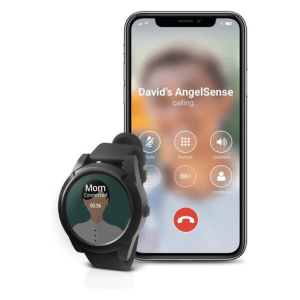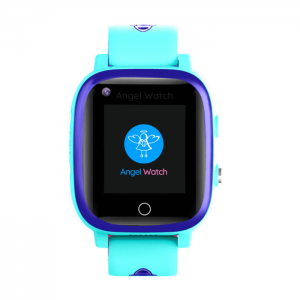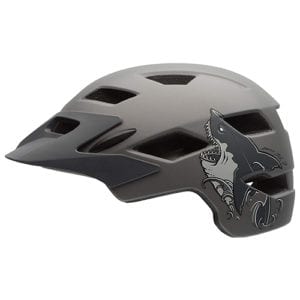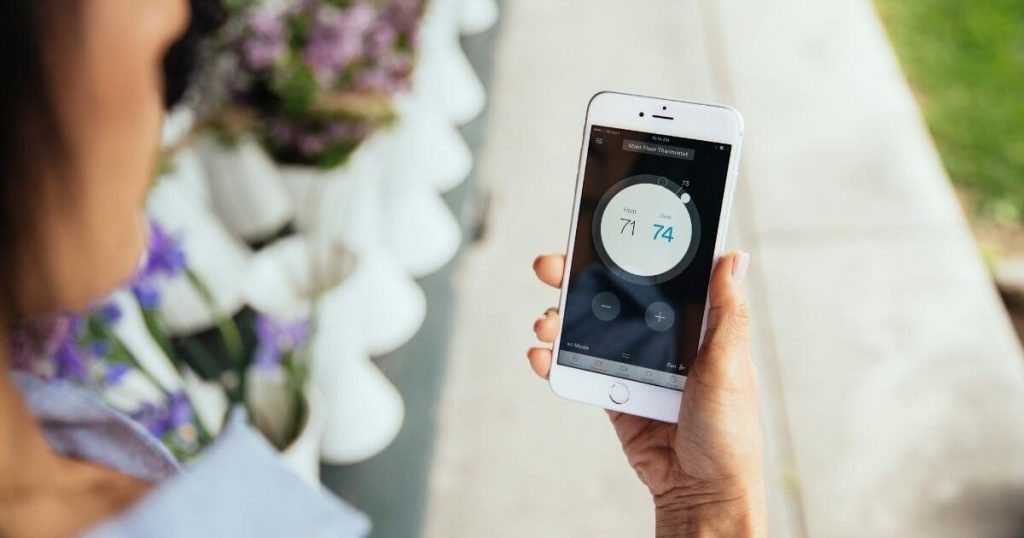1. Call law enforcement immediately.
When a child goes missing, the NCMEC recommends that you immediately call local law enforcement. Do not spend time looking for the child until you have alerted the authorities.
Legally, local authorities are required to enter a missing child’s name and information into the FBI’s National Crime Information Center (NCIC) Missing Person File right away—there is no waiting period for minors under the age of 18.
Responding officers will also send a Be On the Look Out (BOLO) bulletin to nearby police jurisdictions.
2. Get ready to share your child’s information.
In those panicked moments when you can’t find your child, it’s common to forget the basic information authorities are going to request. However, if you can present facts and clues in an organized manner, police will be able to move quickly on any leads. Be prepared to provide as much key information as you can, including the following:
- Child’s full name
- Child’s weight
- Child’s height
- Child’s age and date of birth
- Clothes the child was last seen wearing
- Identifying features, like glasses or a birthmark
- Names and contact information of the child’s friends or close acquaintances
- Frequently visited hangout spots
- Health issues the child has
- Any other possibly relevant details about the time or place the child went missing
Police and other agencies are going to request a picture, too, so try to find several recent photographs that clearly display distinguishing characteristics.
Depending on the circumstances surrounding the disappearance—if officers suspect abduction or feel the child could be in imminent danger—authorities may issue an AMBER Alert to spread the word throughout the community.
Keep in mind that police will only put out an alert if they have enough descriptive information about the missing child, so you’ll need to be as thorough as possible when you speak with investigators.
3. Look in your immediate area.
Once law enforcement has been notified, begin searching where you last saw your child. Young children are prone to hide somewhere and fall asleep, so look on all beds, under furniture, in piles of laundry, around vehicles, and inside your washer and dryer.
If you’re in a store when a child goes missing, notify the store manager immediately. Many stores follow a “Code Adam” protocol, where all employees will stop working to look for the child and monitor the store’s entrance to ensure the child does not leave.
In instances where the child is old enough to have a phone or social media account, they may have left some digital clues. Rather than digging through electronic records yourself, ask police to explore messaging histories and social sites.
Older children also have a tendency to have run to friends’ houses, so call around to any friends, family, or neighbors who are close to your child.
4. Make yourself available.
The first 48 hours after a child goes missing are critical. As a parent, you are going to want to help with the physical search, but the Office of Juvenile Justice and Delinquency Prevention (OJJDP) advises guardians to instead focus energy on gathering and providing information to investigators.
Especially as law enforcement may want to check your home and your child’s room for evidence—and the OJJDP says it’s common for authorities to take clothing, sheets, computers, and even trash as evidence—you’ll want to make sure you’re available to give investigators access to anything they need.
Keep your phone line open, and put the name and number of the investigator assigned to your case in an easily accessible location. It’s also a good idea to write down names, numbers, and other information relating to the case in a designated notebook.
After you’ve contacted local authorities, enlist the help of the National Center for Missing and Exploited Children by calling 1-800-THE-LOST (1-800-843-5678).
They can help you through the process by providing information of nonprofit organizations that might be of assistance, utilizing forensic imaging, distributing missing children posters, giving their analytical resources to law enforcement, and even aiding authorities in identifying non-compliant sex offenders in your area.
Though kidnapping cases are rare, preparation and prevention will help you handle any situation. Know what steps to take in the event that your child goes missing, and research protective measures—like wearable GPS devices for kids and helpful home workshops — to minimize the risk of disappearance.









